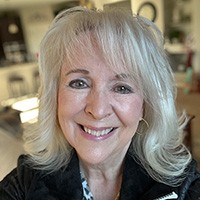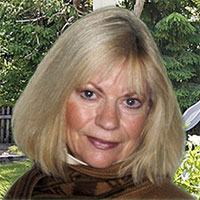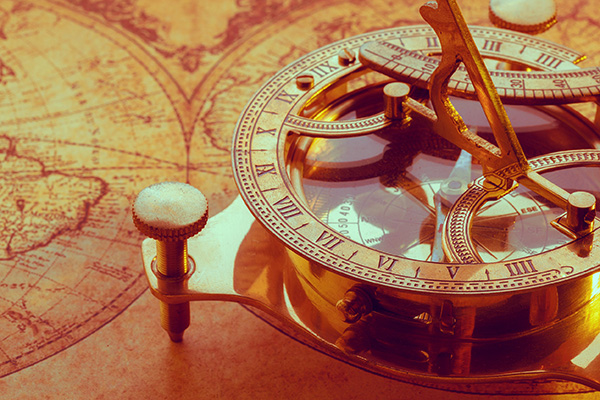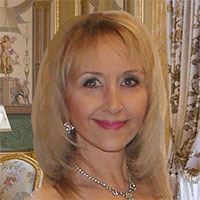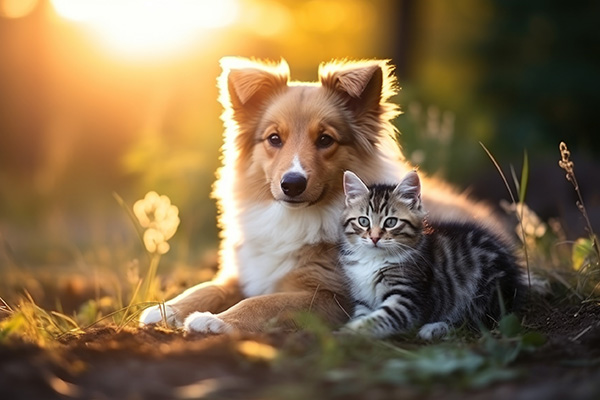How to Identify Signals from Your Cherished Ones
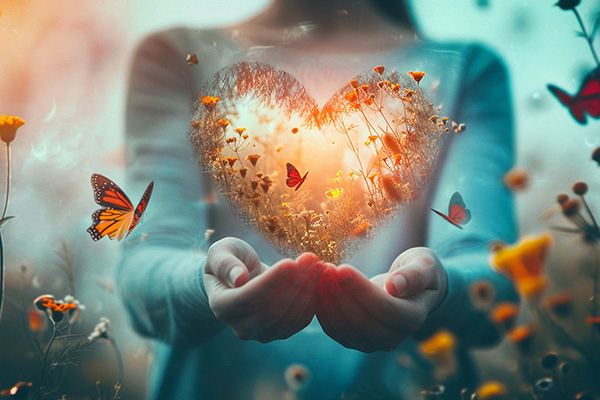 Have you ever sensed the presence of someone who has departed, as if they were trying to connect with you? Have you observed any peculiar signs? Perhaps a sudden breeze carrying their favorite fragrance? Or a tune tied to them unexpectedly played while you were reminiscing.
Have you ever sensed the presence of someone who has departed, as if they were trying to connect with you? Have you observed any peculiar signs? Perhaps a sudden breeze carrying their favorite fragrance? Or a tune tied to them unexpectedly played while you were reminiscing.
Though these instances might appear trivial or coincidental, they might actually signify communication from another realm. Yes, genuinely. The individuals we cherish who have transitioned are still very much present. They surround us energetically more than we realize, watching over us and supporting us.
At times, they attempt to send us messages of comfort, though we often overlook them. Life can be chaotic. It’s easy to disregard these signs as we navigate our everyday lives.
However, the signs persist. We simply need to pause, breathe deeply, and open our hearts to recognize them.
Not every spirit communicates in the same manner, and the signs they send can vary widely. Some loved ones make their presence known in very clear ways. They might place items like coins or feathers for you to discover, flicker lights, or guide a butterfly or dragonfly directly into your view.
Other signals could be more nuanced. They may queue up a significant song for you both or repeatedly show you the number 11:11 until you eventually ponder, “Hold on…what does that mean?”
All of these are their means of saying, “Hey! I’m here. I’m alright. I see you. Are you okay? No need to fret; you’ll be alright. I’m watching over you.”
If you’re curious about conversing with them, rest assured, you certainly can. There’s no need for elaborate rituals or specialized training to connect with the other side. It begins with intention.
Do you hear whispers, footsteps, or tapping sounds when no one else is nearby? Spirits can convey messages through sounds that defy logical explanations ~ Manmit Kumarr
You can try this at home whenever you feel inclined. Locate a quiet space where you can be alone. You might light a candle or hold a comforting crystal. Close your eyes, breathe deeply a few times, and begin to speak. Whether aloud or in your mind, it doesn’t matter. Just express what’s in your heart.
You can start with, “Mom, are you present? Do you have any words of wisdom for me?” Then, pause. Observe how you feel. You might experience a surge of emotion. A random image may flash in your mind. You might suddenly hear something or gain a sense of knowing. That’s them.
If you sense a sign, feeling, or even a single word, respond. Engage in conversation. See if more insights follow. This is how dialogue may commence. Sometimes it flows seamlessly, while at other times it requires practice. Don’t worry if nothing occurs immediately. Simply being present and open is a significant step.
If you identify with being very spiritual or intuitive, you might delve deeper. Consider asking to hear your loved one’s voice or to meet them in a dream. Just ensure you feel secure and at ease. You should never push beyond your comfort zone.
The wonderful fact is our beloved ones on the other side truly wish to connect. They are just as eager to communicate as we are to receive their messages. Occasionally, they have significant warnings or guidance to impart. Other times, they merely wish to convey a comforting message of love.
If they can’t reach you, they might attempt to connect with another family member. Thus, it’s crucial to stay receptive and heed what others may convey as well. A message intended for you could come through a sibling, friend, or even a stranger.
Regardless of your beliefs regarding the spiritual, psychological, or emotional elements of this occurrence, there’s no doubt about the impact these experiences have in assisting us cope with loss and begin the healing process ~ Emily Cross
So here’s a little reminder: Take a moment. Look around. Be aware of what consistently appears in your life. Typically, signs from the spirit realm won’t ‘hit you over the head.’ Often, they are gentle nudges.
Your spirit guides can also assist in this respect. They are your spiritual support system, eager to help you live your happiest life. However, if you’re too caught up in distractions or feel disconnected, you might miss their messages. Ignored signs can lead to missed chances and hinder your progress when it’s your time to move forward.
This is why being spiritually receptive and present matters. You don’t need to be a psychic medium or channeler. Just be open to pausing, reflecting, and asking for guidance. Say, “Universe, reveal what I need to understand.” Or declare, “Loved ones, if you’re here, I’m ready to listen.”
The universe consistently supports you. Spirit is always rooting for you. Those subtle whispers, nudges, and signs might be guiding you toward healing or clarity, or simply serving as reminders that you’re never alone.
Next time a penny appears unexpectedly, a song evokes tears without cause, or a butterfly alights on your hand, smile. Say hello. Someone from beyond may just be responding. Keep your heart open. The messages are present; you only need to recognize them.
|
Venus, residing in Arizona, has assisted clients utilizing her range of psychic abilities for over twenty years. She possesses Clairvoyance, Clairaudience, Clairsentience, and Empathic capabilities, alongside being a certified Life Coach and a Reiki practitioner. Often, departed loved ones enter a reading, either by invitation or spontaneously, to relay messages. Communiques also come through her direct interaction with Spirit and Angels, offering clients the insights they need to progress toward happiness, rewards, and success in their lives. In addition to her role as a psychic, life coach, and reiki practitioner, she has also taken on teaching responsibilities over the past decade, leading seminars to empower others to embrace their higher wisdom. For a compassionate psychic able to tune in instantly and channel without tools, seek a reading with Venus at: PsychicAccess.com. |
Experiencing the loss of a loved one can be one of the most challenging events we encounter in life. Nevertheless, many believe that even after someone has departed, they continue to communicate with us through various means. These messages from our loved ones can provide solace, affirmation, and a connection that aids us during the grieving journey.
Here are some typical signs indicating your loved ones may be attempting to reach out to you from the beyond:
1. Dreams: Numerous individuals report having vivid experiences in which their deceased loved ones appear. Such dreams often feel incredibly authentic and can offer comfort and resolution. Be mindful of any dreams involving your loved one, as they could be trying to send you a message.
2. Synchronicities: Have you noticed recurring numbers, melodies, or symbols that remind you of your loved one? These synchronicities might indicate that they are attempting to contact you. Stay alert to these cues and observe if they provide significant insights or messages.
3. Sensing their presence: Some people claim to feel the energy of their loved ones nearby, even though they can’t physically see them. This may come as a sudden warmth, a familiar scent, or an overwhelming sense of tranquility. Trust your feelings and acknowledge that your loved one is present in spirit.
4. Electrical anomalies: Have you encountered unusual electrical phenomena, such as lights flickering, appliances activating or deactivating on their own, or gadgets malfunctioning? Many believe these occurrences signify that a loved one is trying to grab your attention.
5. Natural signs: Observe any natural occurrences that evoke memories of your loved one, such as a particular bird, creature, or flower that holds special meaning. These signs can serve as comforting reminders that your loved one is still with you in spirit.
6. Messages through others: Occasionally, your loved one may communicate via other individuals. Pay heed to discussions, messages, or interactions that carry the essence or wisdom of your loved one. They may be utilizing others as a channel to convey a message to you.
7. Intuitive nudges: Trust your instincts and heed your inner feelings. If you have a compelling sense that your loved one is reaching out, pay attention to any thoughts, emotions, or impulses that arise. They might be guiding you toward a message or understanding from beyond the grave.
Overall, recognizing signs from your loved ones necessitates an open mindset, a belief in the possible, and a strong connection to your intuition. By remaining aware of these signals and trusting in the communication from beyond, you can find solace, closure, and a sense of tranquility in the knowledge that your loved one is still with you in spirit. Continue reading

